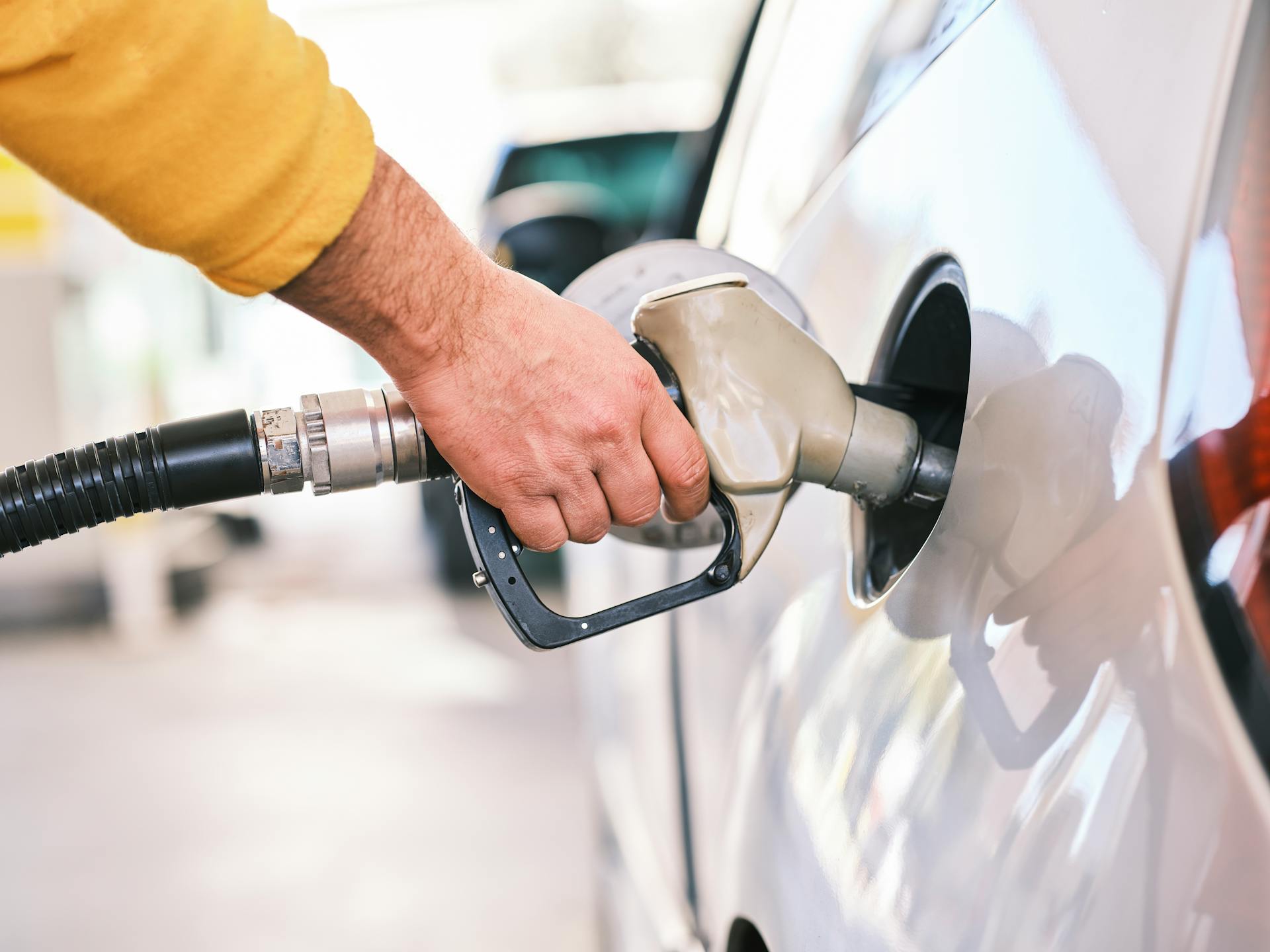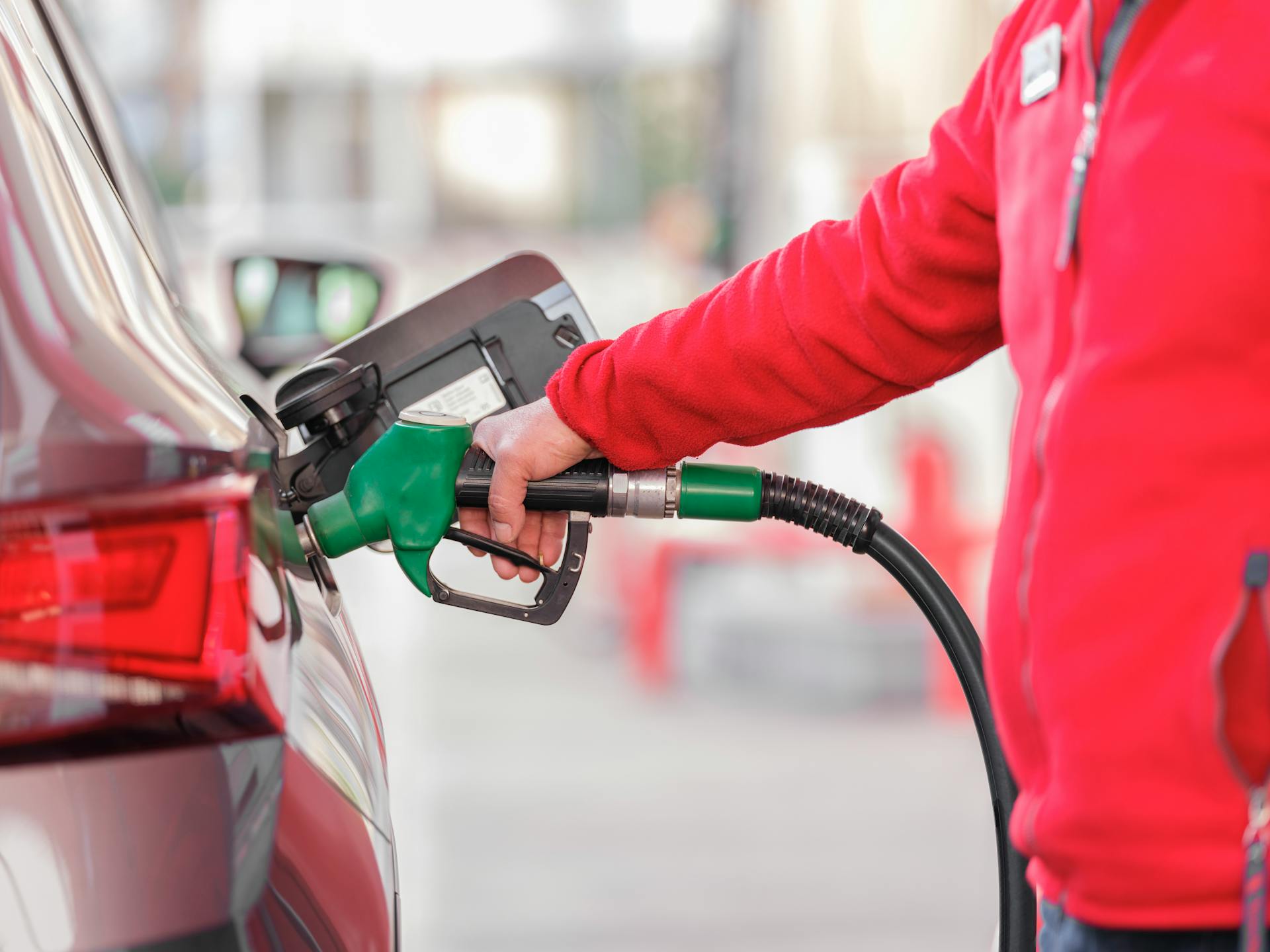Wondering if temperature affects your car’s tire pressure? This guide explores ten key factors showing how and why tire pressure fluctuates with temperature changes. Perfect for seasonal shifts or road trips, these insights help you monitor and adjust tire pressure to ensure safe, efficient driving.
1. Understand the Ideal Gas Law
Tire pressure changes with temperature due to the Ideal Gas Law, which states that gas pressure increases with temperature and decreases when it cools. Air inside tires behaves this way, affecting pressure levels.
This scientific principle explains why tires need regular checks. Here’s how it applies to your car.
-
Pressure rises in heat. For every 10°F increase, tire pressure rises about 1 PSI, impacting handling.
-
Pressure drops in cold. A 10°F drop lowers pressure by 1 PSI, risking underinflation and wear, costing $0 to check.
-
Monitor regularly. Check pressure monthly with a $5-$20 gauge to catch temperature-related changes.
-
Adjust to specs. Maintain the manufacturer’s recommended PSI, found in your car’s manual or door jamb.
2. Monitor Seasonal Temperature Shifts
Seasonal changes, like summer heat or winter cold, significantly affect tire pressure. Warm weather inflates tires, while cold weather deflates them, impacting safety.
Adjusting for seasons ensures optimal tire performance. Here’s how seasonal shifts influence tire pressure.
-
Summer increases pressure. Hot weather (80-100°F) can raise pressure 3-5 PSI, potentially causing overinflation.
-
Winter lowers pressure. Cold temperatures (20-40°F) drop pressure 3-5 PSI, risking underinflation and blowouts.
-
Check every season. Inspect pressure at season changes, taking 2-3 minutes with a gauge, costing $0.
-
Adjust for safety. Inflate to recommended PSI to maintain traction, especially in extreme weather.
3. Check Daily Temperature Fluctuations
Daily temperature swings, like morning chill or afternoon heat, cause minor tire pressure changes. These fluctuations can affect driving, especially on long trips.
Monitoring daily changes helps maintain consistent pressure. Here’s how daily temperatures impact tires.
-
Morning cold lowers PSI. Cool overnight temps (e.g., 50°F) reduce pressure by 1-2 PSI, affecting handling.
-
Afternoon heat raises PSI. Daytime warmth (e.g., 80°F) increases pressure by 1-2 PSI, risking overinflation.
-
Check before driving. Use a gauge ($5-$20) in the morning for accurate readings, taking 2 minutes.
-
Adjust as needed. Inflate or deflate to the recommended PSI to ensure safe performance.
4. Assess Driving Conditions
Driving conditions, like hot pavement or cold rain, influence tire pressure due to temperature changes in the tire. Heat from friction or cold from weather affects air pressure.
Understanding conditions helps you adjust accordingly. Here’s how driving impacts tire pressure.
-
Hot pavement increases PSI. Long drives on hot roads raise tire temperature, boosting pressure 2-4 PSI.
-
Cold rain lowers PSI. Wet, cold conditions can drop pressure 1-3 PSI, affecting traction.
-
Check after drives. Measure pressure after cooling (30 minutes), using a $5-$20 gauge, costing $0.
-
Maintain proper PSI. Adjust to the manufacturer’s specs to ensure safety in varying conditions.
5. Use a Tire Pressure Gauge
A tire pressure gauge is essential for detecting temperature-related pressure changes. Regular checks reveal if adjustments are needed to maintain safe levels.
Accurate gauges ensure reliable readings for adjustments. Here’s how to use one effectively.
-
Get a reliable gauge. Purchase a digital or analog gauge ($5-$20) for precise pressure readings.
-
Check when tires are cold. Measure before driving or after a 30-minute cool-down, taking 1-2 minutes.
-
Compare to specs. Match readings to the recommended PSI on the door jamb or manual.
-
Adjust monthly. Regular checks catch temperature-driven changes, keeping tires safe at no extra cost.
6. Watch for TPMS Warnings
Tire Pressure Monitoring Systems (TPMS) alert you to pressure changes caused by temperature fluctuations. A dashboard light indicates when pressure is too high or low.
TPMS helps you catch issues early. Here’s how to use it to monitor changes.
-
Notice the TPMS light. A lit warning indicates pressure outside the safe range, triggered by temperature shifts.
-
Check with a gauge. Verify the alert with a $5-$20 gauge to confirm low or high pressure.
-
Adjust promptly. Inflate or deflate tires to the recommended PSI, taking 2-5 minutes, costing $0.
-
Inspect monthly. Use TPMS alerts alongside manual checks to ensure accurate pressure levels.
7. Consider Tire Type and Material
Tire type and material affect how much temperature impacts pressure. Different tires, like all-season or performance, respond variably to heat or cold.
Understanding your tire type helps predict pressure changes. Here’s how it influences tire pressure.
-
All-season tires are stable. These handle moderate temperature swings, changing 1-2 PSI per 10°F shift.
-
Performance tires are sensitive. High-performance tires may fluctuate 2-3 PSI, requiring frequent checks.
-
Check tire specs. Review manufacturer guidelines for pressure ranges, found on the sidewall or manual.
-
Monitor closely. Check pressure every 2 weeks for sensitive tires, using a $5-$20 gauge.
8. Account for Altitude Changes
Altitude affects tire pressure because air density changes with elevation, influencing the air inside tires. This is noticeable on mountain drives or high-altitude trips.
Adjusting for altitude ensures consistent pressure. Here’s how altitude impacts tire pressure.
-
Higher altitudes lower PSI. Reduced air density at elevation drops pressure 1-2 PSI, affecting traction.
-
Lower altitudes raise PSI. Returning to sea level increases pressure slightly, risking overinflation.
-
Check during trips. Measure pressure after altitude changes, taking 2-3 minutes with a gauge ($5-$20).
-
Adjust to specs. Inflate or deflate to the recommended PSI for safe driving at any elevation.
9. Evaluate Load and Speed
Carrying heavy loads or driving at high speeds generates heat in tires, increasing pressure. Temperature changes from these factors affect tire performance.
Monitoring load and speed helps manage pressure. Here’s how they influence tire pressure.
-
Heavy loads raise PSI. Extra weight increases tire heat, raising pressure 2-4 PSI on long drives.
-
High speeds add heat. Speeds over 60 mph can boost pressure 1-3 PSI, affecting handling.
-
Check after driving. Measure pressure after a 30-minute cool-down, using a $5-$20 gauge.
-
Adjust for safety. Maintain recommended PSI to ensure stability under load or speed.
10. Schedule Regular Maintenance Checks
Regular maintenance checks by professionals catch temperature-related tire pressure issues. Mechanics assess pressure and tire condition, ensuring safe levels.
Routine inspections prevent problems from going unnoticed. Here’s how they help monitor pressure changes.
-
Visit a tire shop. Professionals check pressure and adjust for temperature, costing $20-$50 per visit.
-
Schedule every 6 months. Checks align with oil changes, catching seasonal pressure shifts early.
-
Use a home gauge. Supplement pro checks with a $5-$20 gauge for weekly monitoring.
-
Follow mechanic advice. Adjust pressure to specs after inspections to maintain safety and performance.
Conclusion
Tire pressure changes with temperature, as these ten factors show, from seasonal shifts to driving conditions. Monitor and adjust regularly for safe driving. For expert help, our mobile tire changing service connects you to trusted tire professionals 24/7. Keep your tires road-ready with confidence!







